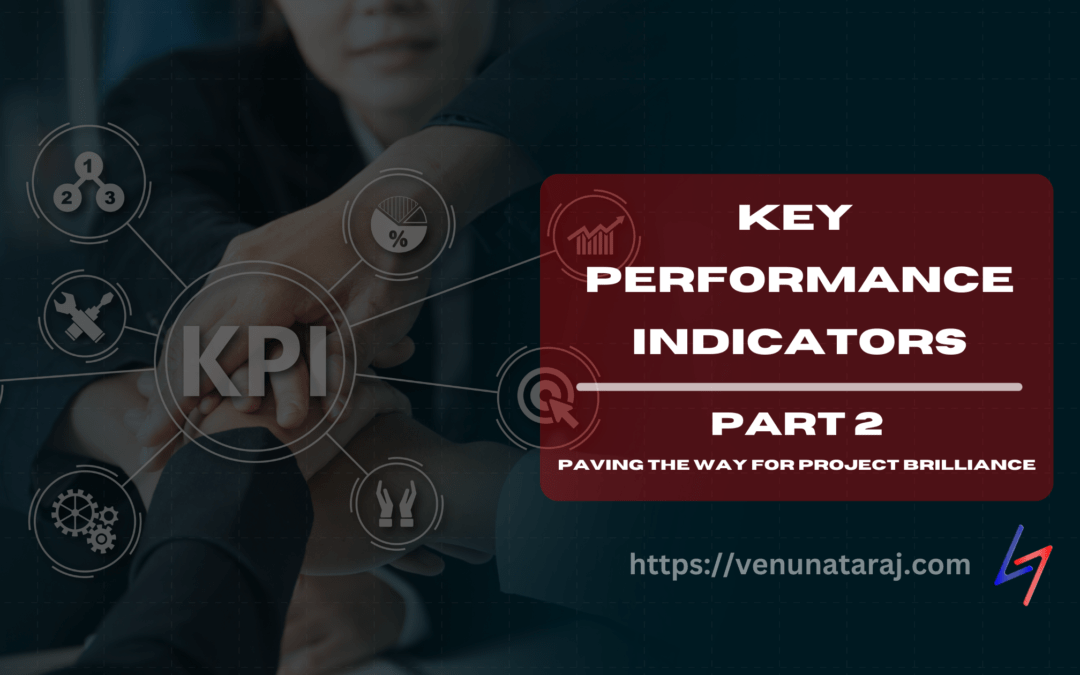13 Vital Key Performance Indicators in Construction Management for Success: Part 2
In Part 1 of our exploration of Key Performance Indicators (KPIs) in construction management, we delved into the essential KPI categories that encompass project progress tracking, cost control, time management, quality assurance, and safety metrics. These metrics serve as the backbone of construction project management, steering projects toward success and ensuring the safety and satisfaction of all involved.
If you want to refer to previous part of this series, you can read it here:
Part 1: 13 Vital Key Performance Indicators in Construction Management for Success
Table of Contents
As we continue our journey, we’ll explore the remaining KPI categories and their significance in construction project management. These often-overlooked aspects of KPIs are the unsung heroes of successful construction projects, and they merit our attention and appreciation.
6. Productivity and Efficiency
KPIs related to productivity assess how efficiently resources (labor, machinery, materials) are being used. Metrics in this category include labor productivity, equipment utilization, and material wastage rates.
Construction projects are intricate dance routines that require the careful synchronization of various elements, from manpower to materials. In this intricate dance, productivity and efficiency are your rhythm and tempo, ensuring that every step is in harmony.
Labor productivity is a KPI that measures the efficiency of your workforce. Are your labor resources being utilized effectively? Are they working efficiently to maximize output? This metric provides answers that can help you allocate resources optimally.
Equipment utilization is about making the most of your machinery and tools. Are your equipment assets fully engaged, or are they often sitting idle? Monitoring this KPI can reduce costs and enhance project efficiency.
Material wastage rates can be a silent project killer. They can add significant costs to your project and negatively impact sustainability. Minimizing material waste is not just an eco-friendly move; it’s also a budget-friendly one.
Efficiency isn’t just about doing more with less; it’s about doing things the right way. These KPIs, when managed well, can lead to streamlined processes, reduced costs, and a more sustainable project.
7. Client Satisfaction
Construction projects often depend on client satisfaction for success. KPIs may include client feedback scores, timely issue resolution, and adherence to project specifications.
In the world of construction management, client satisfaction is the north star. Satisfied clients are more likely to become repeat clients, and their positive feedback can attract new business opportunities.
Client feedback scores provide invaluable insight into how your clients perceive your work. Are they happy with the progress and quality of the project? Monitoring these scores allows you to address concerns and make improvements.
Timely issue resolution is a testament to your project’s responsiveness. How quickly can you address and resolve issues that arise during construction? This KPI reflects your team’s ability to adapt and find solutions.
Adherence to project specifications is like following a recipe. The closer you stick to the plan, the better the final product. Deviating from specifications can lead to costly changes and client dissatisfaction.
By focusing on client satisfaction KPIs, you’re not just building structures; you’re building relationships and trust, which are the foundation of long-term success.
8. Environmental Impact
In the context of sustainability, KPIs assess the environmental impact of construction projects. Metrics measure energy consumption, carbon emissions, waste reduction, and adherence to eco-friendly construction practices.
Sustainability is no longer a buzzword; it’s a global imperative. Construction projects have a significant environmental footprint, and responsible construction managers are taking steps to minimize their impact.
Energy consumption KPIs evaluate how efficiently your project uses energy. By reducing energy consumption, you not only lower costs but also contribute to a greener planet.
Carbon emissions are another critical metric for sustainability. The construction industry is a notable contributor to greenhouse gas emissions. Reducing these emissions is not just good for the environment; it’s increasingly becoming a legal requirement.
Waste reduction is closely linked to sustainability. It’s not just about managing construction waste but also minimizing it. This KPI encourages responsible use of materials and resources.
Adherence to eco-friendly construction practices encompasses a wide range of sustainable initiatives, from using recycled materials to green building certifications. These practices not only benefit the environment but can also attract environmentally conscious clients.
In an era where environmental responsibility is non-negotiable, monitoring these KPIs can help your project become a part of the solution rather than the problem.
9. Risk Management
KPIs related to risk assess how effectively potential risks are being identified and mitigated. They may include the number of risks identified, risk severity ratings, and the success of risk response actions.
Construction projects are not without risks. Unforeseen challenges can disrupt even the most meticulously planned projects. Risk management is your insurance policy, safeguarding your project against potential pitfalls.
The number of risks identified is a KPI that quantifies your project’s awareness of potential issues. The more risks you identify, the better prepared you are to address them.
Risk severity ratings help you prioritize risks based on their potential impact. Some risks are more critical than others, and this KPI guides you in allocating resources where they’re most needed.
The success of risk response actions is about turning potential crises into manageable challenges. If your responses are effective, you can navigate rough waters with grace and resilience.
By focusing on risk management KPIs, you’re not just planning for success; you’re preparing for the unexpected and ensuring that your project can weather storms and emerge stronger.
In Part 3 of this article, we’ll explore the remaining KPI categories, including communication and collaboration, stakeholder engagement, resource management, and legal and regulatory compliance. These aspects are often the unsung heroes of successful construction projects, and they merit our attention and appreciation. Stay tuned for more insights into this multifaceted world of KPIs that are essential for construction project success.

